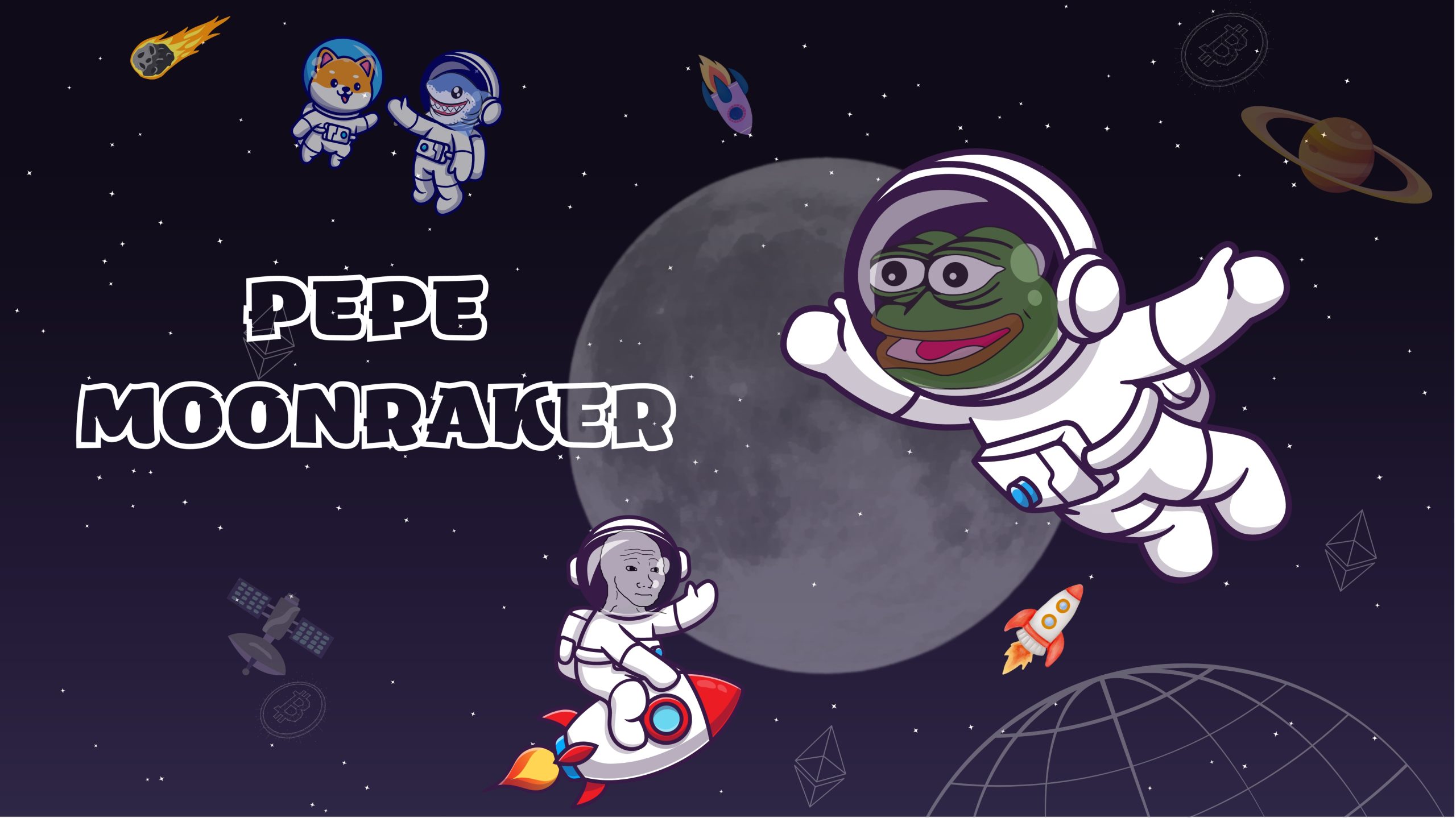As Web3 emerges as the next frontier in digital technology, companies are grappling with how to assemble the right team to harness its potential. The blockchain revolution is more than just a buzzword; it’s a significant shift in how digital transactions and data are managed. Hiring for this transformative space involves navigating a complex landscape where traditional recruitment methods often fall short. To build a successful team for Web3, organizations need to adopt innovative strategies tailored to the unique demands of this technology.
Defining the Skills for the Future
The Web3 ecosystem is vast and varied, encompassing areas such as blockchain development, smart contract programming, decentralized applications (dApps), and cryptographic security. Each of these fields requires a specialized skill set that evolves as the technology advances. For instance, a blockchain developer needs expertise in languages like Solidity or Rust, which are essential for smart contract development. Meanwhile, a professional working on decentralized finance (DeFi) projects must have a deep understanding of financial principles and blockchain mechanics.
To attract the right talent, organizations need to clearly define job roles and expectations. Job descriptions should be detailed and specific, highlighting not just technical skills but also the kind of experience that aligns with the company’s projects. For example, if a company is developing a new DeFi platform, it would be advantageous to seek candidates with experience in liquidity protocols or yield farming.
Tapping into Niche Networks
Finding top talent in the Web3 space often means looking beyond traditional job boards. The Web3 community is active on various platforms such as GitHub, Discord, and Telegram. Engaging with these communities can provide access to candidates who are already involved in blockchain projects and are passionate about the technology. Participating in relevant forums, contributing to open-source projects, and attending Web3 conferences can also help in identifying and attracting potential hires.
In addition, partnerships with educational institutions and coding bootcamps that focus on blockchain technology can be beneficial. These programs are increasingly offering specialized courses in blockchain development and Web3 technologies, and they often have strong connections with emerging talent.
Streamlining the Recruitment Process
The Web3 sector is fast-moving, and delays in the recruitment process can result in losing out on top candidates. To avoid this, companies need to streamline their hiring practices. This includes being responsive to applicants, minimizing the time between interviews, and making swift decisions. Implementing a clear and efficient interview process can help in evaluating candidates’ technical skills and cultural fit without unnecessary delays.
A practical approach could involve conducting technical assessments or coding challenges as part of the interview process. These tests can provide insight into a candidate’s problem-solving abilities and technical proficiency. Additionally, incorporating a cultural fit interview can help ensure that candidates align with the company’s values and vision.
Fostering a Culture of Innovation and Learning
Given the rapid pace of technological advancement in the Web3 space, it is crucial for teams to embrace a culture of continuous learning and innovation. Encouraging employees to stay updated with the latest trends, attend industry conferences, and participate in workshops can help them maintain their edge in the field. Offering access to online courses or providing opportunities for professional development can also contribute to a more knowledgeable and motivated team.
Creating an environment that values experimentation and creativity is another way to foster innovation. Encouraging team members to explore new ideas and technologies can lead to groundbreaking solutions and keep the company at the forefront of the industry.
Embracing Remote Work and Global Talent
The Web3 industry is inherently global, and top talent can be found worldwide. Embracing remote work or hybrid work models can significantly expand the talent pool and bring diverse perspectives to the team. A remote or flexible work arrangement not only allows companies to tap into a broader range of skills but also helps attract candidates who prioritize work-life balance and flexibility.
Moreover, building a diverse team can enhance creativity and problem-solving. Different cultural and professional backgrounds can lead to a richer array of ideas and approaches, which is invaluable in a rapidly evolving field like Web3.
The Role of Company Reputation and Branding
In addition to the above strategies, companies should also focus on building a strong employer brand. Being known as a forward-thinking, innovative company can attract top talent who are eager to work for organizations that are making an impact. Showcasing successful projects, contributing to the Web3 community, and highlighting positive workplace culture can enhance the company’s reputation and appeal to prospective employees.
Conclusion
Building a successful team for Web3 involves more than just filling positions; it requires a strategic approach that aligns with the unique demands of this transformative technology. By clearly defining roles, engaging with niche networks, streamlining the recruitment process, fostering a culture of innovation, embracing remote work, and enhancing company reputation, organizations can assemble a team that is not only capable of thriving in the fast-paced Web3 landscape but also driving its evolution. As the digital frontier continues to expand, these strategies will be crucial in navigating the hiring maze and achieving success in the world of blockchain and decentralized technologies.

